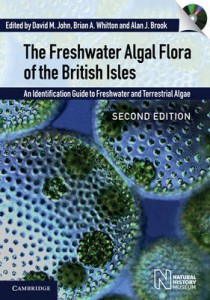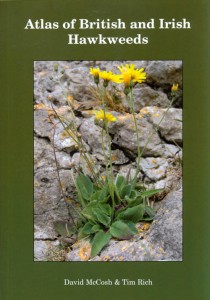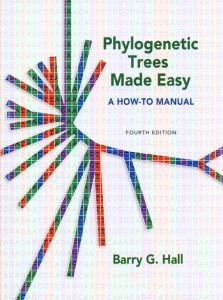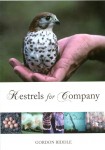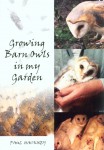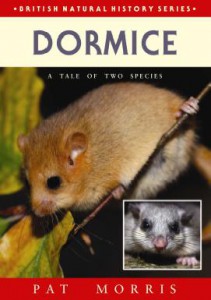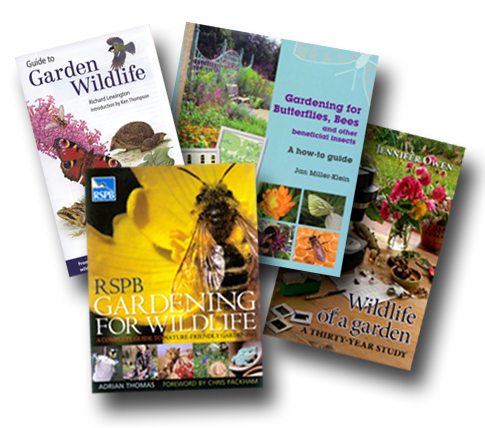A few weeks ago, I attended the 14th Biennial EURASLIC Meeting. EURASLIC is the European Association of Aquatic Sciences Libraries and Information Centres. This year’s meeting on the topic Caught in the “fishing net” of information was hosted by Cemagref, in Lyon, France. The weather was lovely, the food excellent, and it was a joy to spend a few days in the company of extremely knowledgeable librarians from many countries.
Among other things, I talked on the topic of hard-to-find books in Marine Biology (here is the Powerpoint Presentation of my talk). At NHBS, we have great experience in identifying and cataloguing specialist titles published by small publishers, and we know how much effort is involved in the process. In passing the information on to libraries through our Monthly Catalogue, our online catalogue, and topical newsletters, we hope to make these publications known to a much wider audience. Every week, we see new books that are not available to buy from mainstream booksellers.
Some examples of titles that should be on the shelves of every marine biology library in Europe, but are not always known to librarians, include:
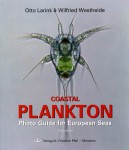 Coastal Plankton: Published by German publisher Pfeil who specialise in paleontological publications, but have lately published more books related to marine biology. Their latest title is The Field Guide for Sharks of the Genus Carcharhinus.
Coastal Plankton: Published by German publisher Pfeil who specialise in paleontological publications, but have lately published more books related to marine biology. Their latest title is The Field Guide for Sharks of the Genus Carcharhinus.
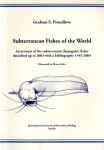 Subterranean Fishes of the World: The only book ever published by the International Society for Subterranean Biology, and not very easy to get hold of.
Subterranean Fishes of the World: The only book ever published by the International Society for Subterranean Biology, and not very easy to get hold of.
 Handbook of European Freshwater Fishes: published by the author, this book is an essential reference for any marine biology library.
Handbook of European Freshwater Fishes: published by the author, this book is an essential reference for any marine biology library.
Subscribe to the NHBS Monthly Catalogue to stay up-to-date on all new publications in the natural sciences as they are published.
The meeting in Lyon was very enjoyable, I hope to be able to come to the next EURASLIC meeting in 2013 in Moscow!

